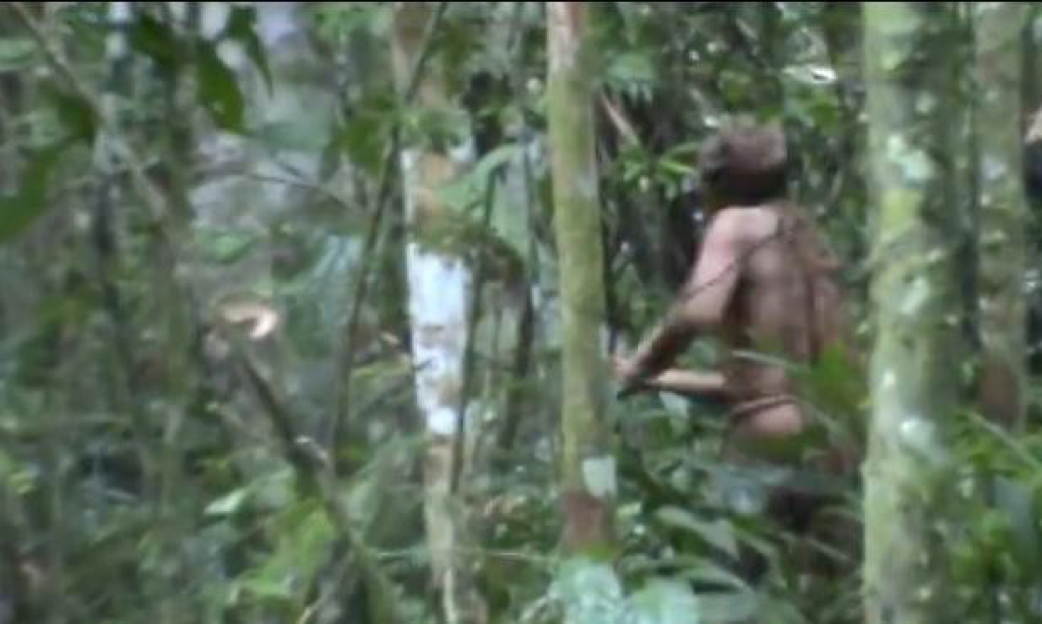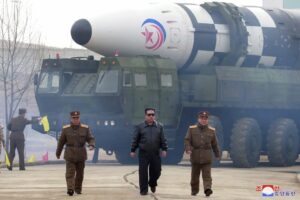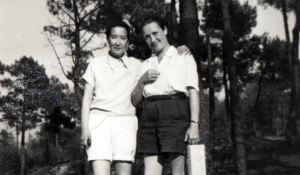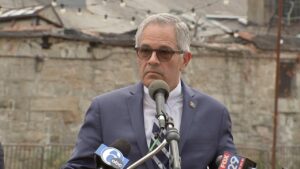Man resisted all attempts to contact him, laying traps and firing arrows at anyone who came too close
An unidentified and charismatic Indigenous man thought to have been the last of his tribe has died in the Brazilian Amazon, causing consternation among activists lamenting the loss of another ethnic language and culture.
The solitary and mysterious man was known only as the Índio do Buraco, or the “Indigenous man of the hole”, because he spent much of his existence hiding or sheltering in pits he dug in the ground.
Over a period of decades, during which his land was attacked and friends and family were killed, he resisted all attempts to contact him, laying traps and shooting arrows at anyone who came too close.
“Having endured atrocious massacres and land invasions, rejecting contact with outsiders was his best chance of survival,” said Sarah Shenker, a campaigner at Survival International, the global movement for tribal peoples.
“He was the last of his tribe, and so that is one more tribe made extinct – not disappeared, as some people say, it’s much more active and genocidal a process than disappearing.”
Officials know very little about the man, but his determined independence and evident solace helped create a mystique around him that captured the attention of activists and media across Brazil and around the world.
“He didn’t trust anyone because he had many traumatising experiences with non-Indigenous people,” said Marcelo dos Santos, a retired explorer who monitored his wellbeing for Funai, Brazil’s national Indigenous foundation.
Dos Santos said he and other Funai officials left strategically placed gifts of tools, seeds and food but were always rebuffed.
They believe that sometime in the 1980s, illegal ranchers, after leaving initial offerings of sugar, gave the tribe rat poison that killed all bar the “man of the hole”.
A Funai official who monitored the man’s wellbeing from a distance found his body lying in a hammock in a state of decomposition. Because he had placed brightly coloured feathers around his body, the official believes the man had prepared for death. He estimated the man was about 60 years old.
Indigenous organisations put the number of remaining tribes at between 235 and 300, but an exact figure is hard to determine because some tribes have had very little contact with settler society.
At least 30 groups are believed to be living deep in the jungle and next to nothing is known about their numbers, their language or culture.
“Because he resolutely resisted any attempts at contact, he died without revealing which ethnicity he belonged to, nor the motivations of the holes he dug inside his house,” the Observatory for the Human Rights of Isolated and Recent Contact Indigenous Peoples (OPI) wrote on learning of the man’s death.
“[He] clearly expressed his option for distancing himself without ever saying a single word that would allow his identification with some known Indigenous language.”
OPI said Funai officials first noticed the man in the mid-1990s. Indigenous activists found small plots of farmed land that had been destroyed by invading ranchers and the remains of dwellings they believe had been swept away by tractors. Large, hand-dug pits were also present.
The area, along Brazil’s border with Bolivia, was and remains under attack by ranchers, prospectors and loggers who covet its valuable natural resources.
The discovery led Funai to fence off an area where the man could live unhindered, and in 1997 the Tanaru reserve was formally created.
OPI called for the reserve to be maintained in its present state and asked officials to carry out archaeological and anthropological studies that could shed some light on the man’s background and way of life.
The number of tribes whose land is under threat has soared since the far-right president, Jair Bolsonaro, took power in 2018. The number of invasions registered on Indigenous land rose from 109 in 2018 to 305 last year, according to the rights group Cimi.
Bolsonaro has long made his contempt for Indigenous peoples clear, once saying Brazil had erred by not decimating native peoples like the US cavalry did. Before assuming the presidency, he vowed not to give Indigenous people one more square centimetre of land, and he has kept that promise.




